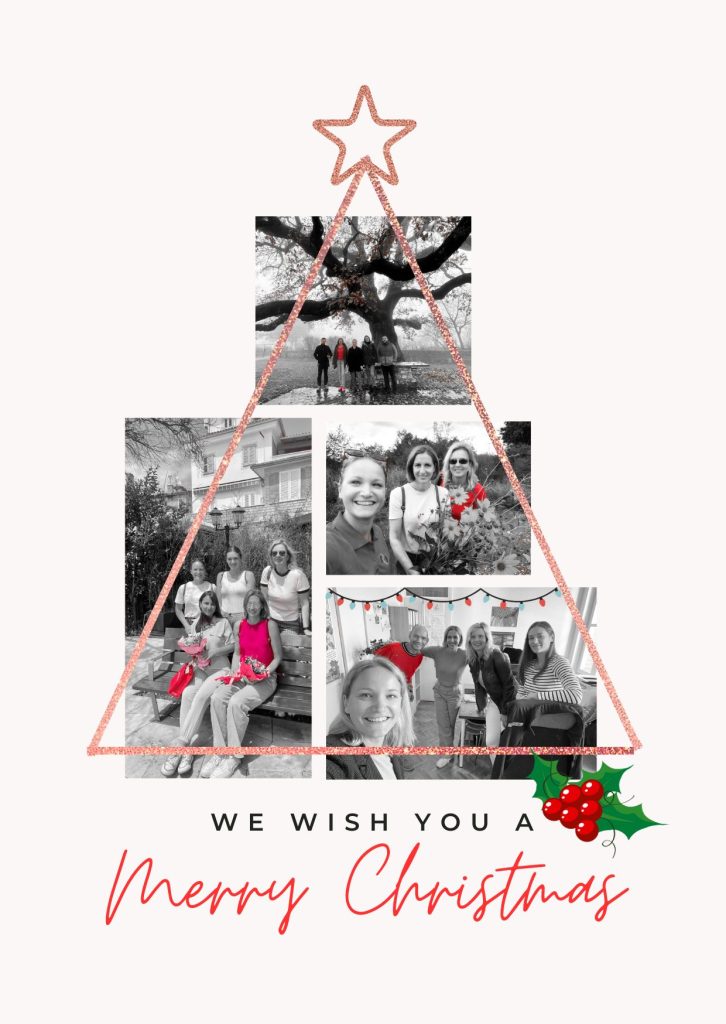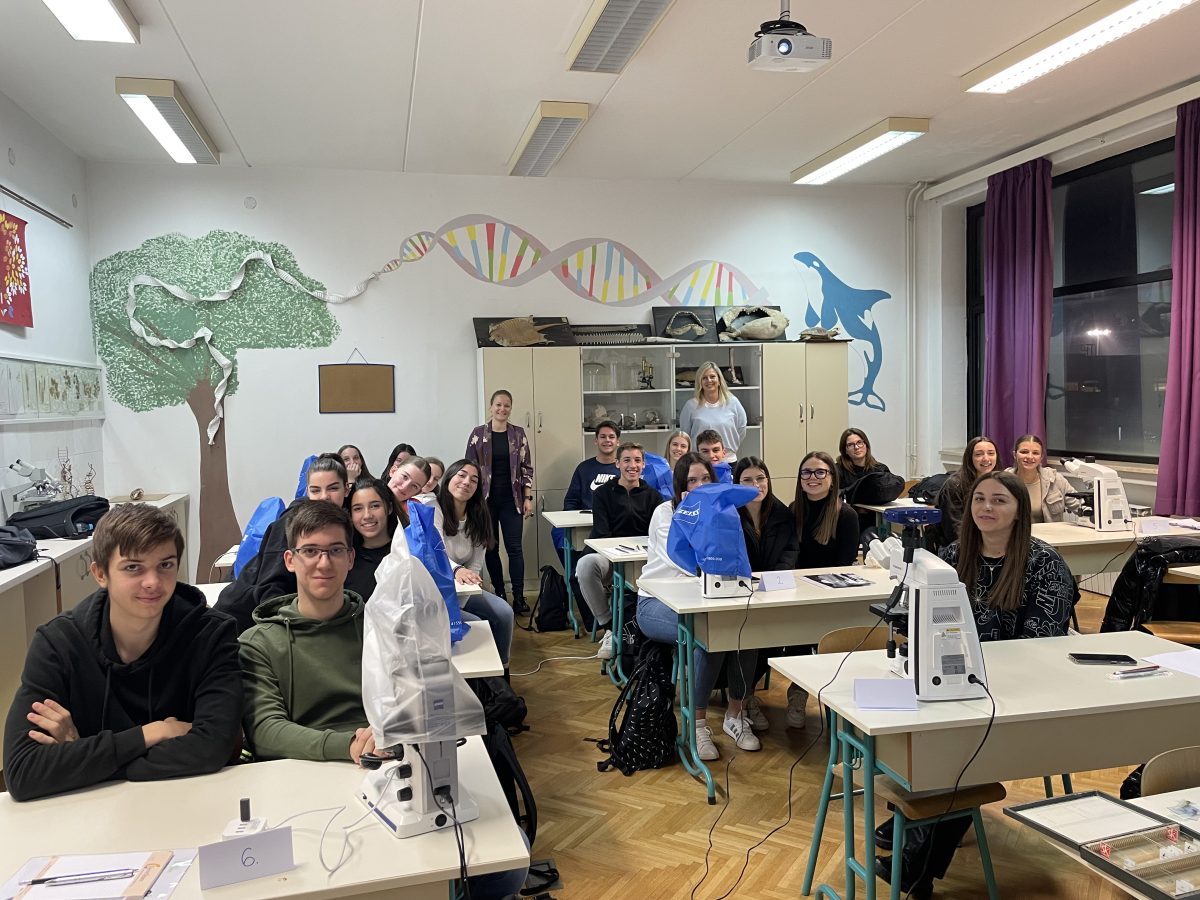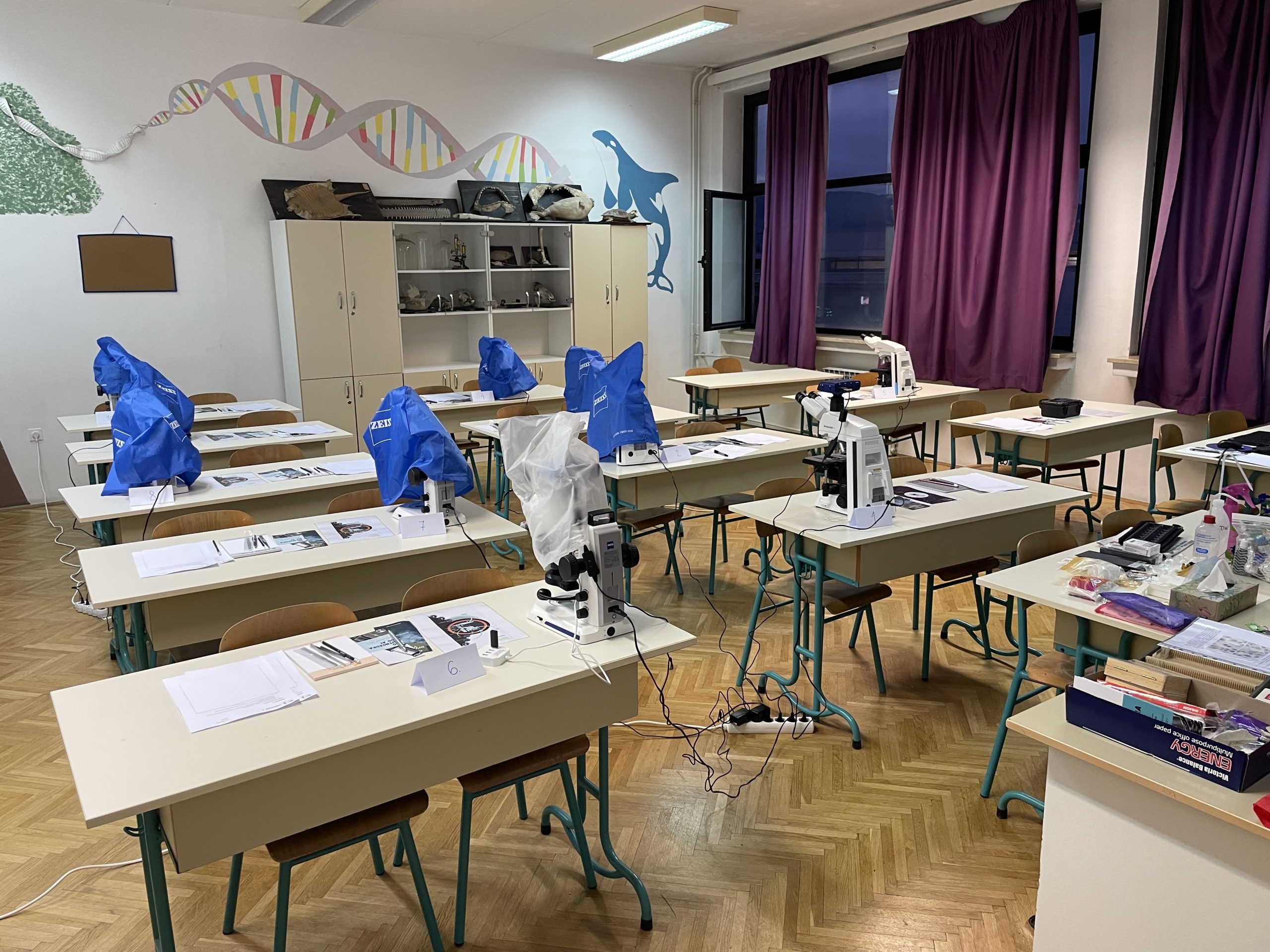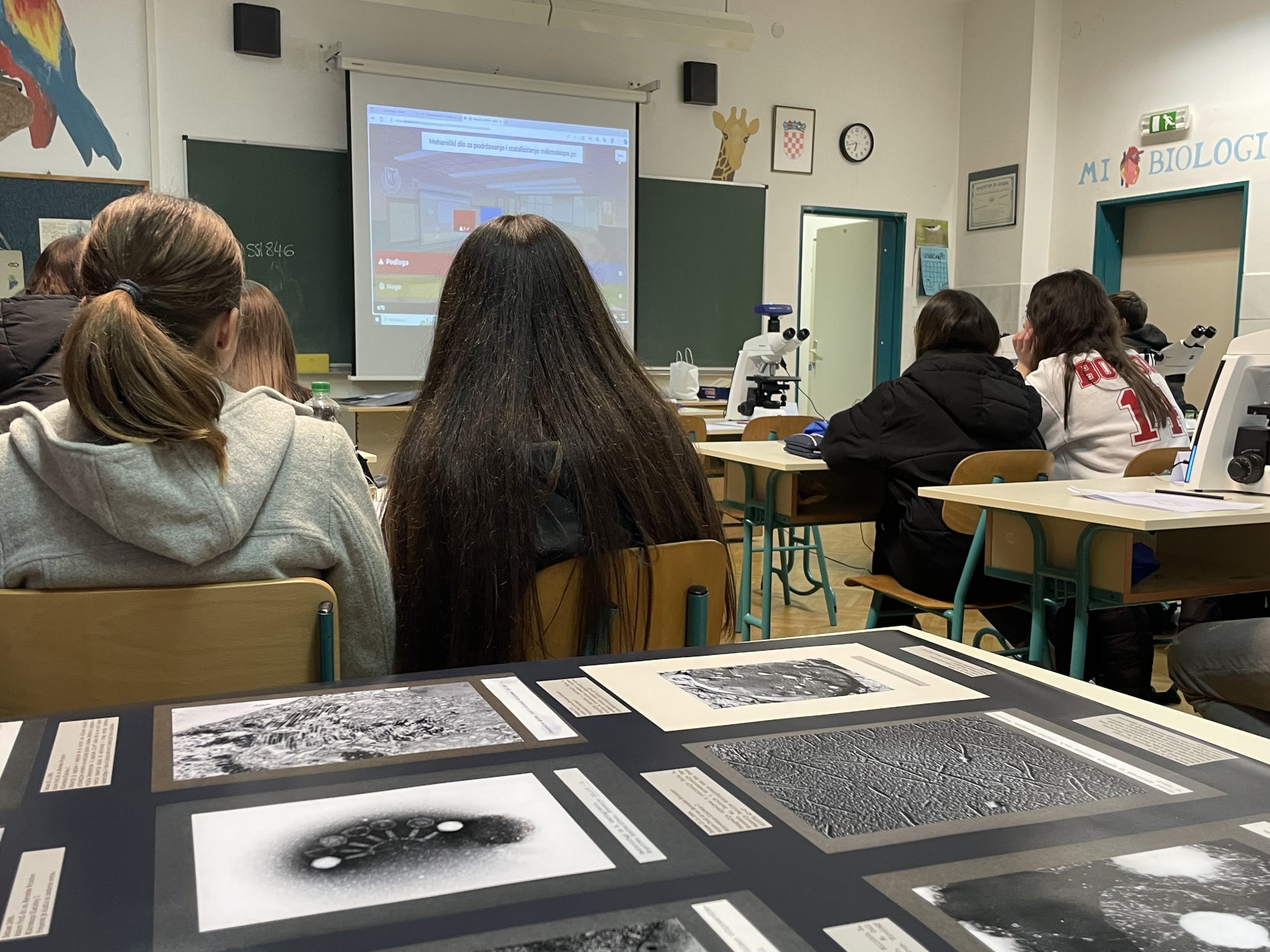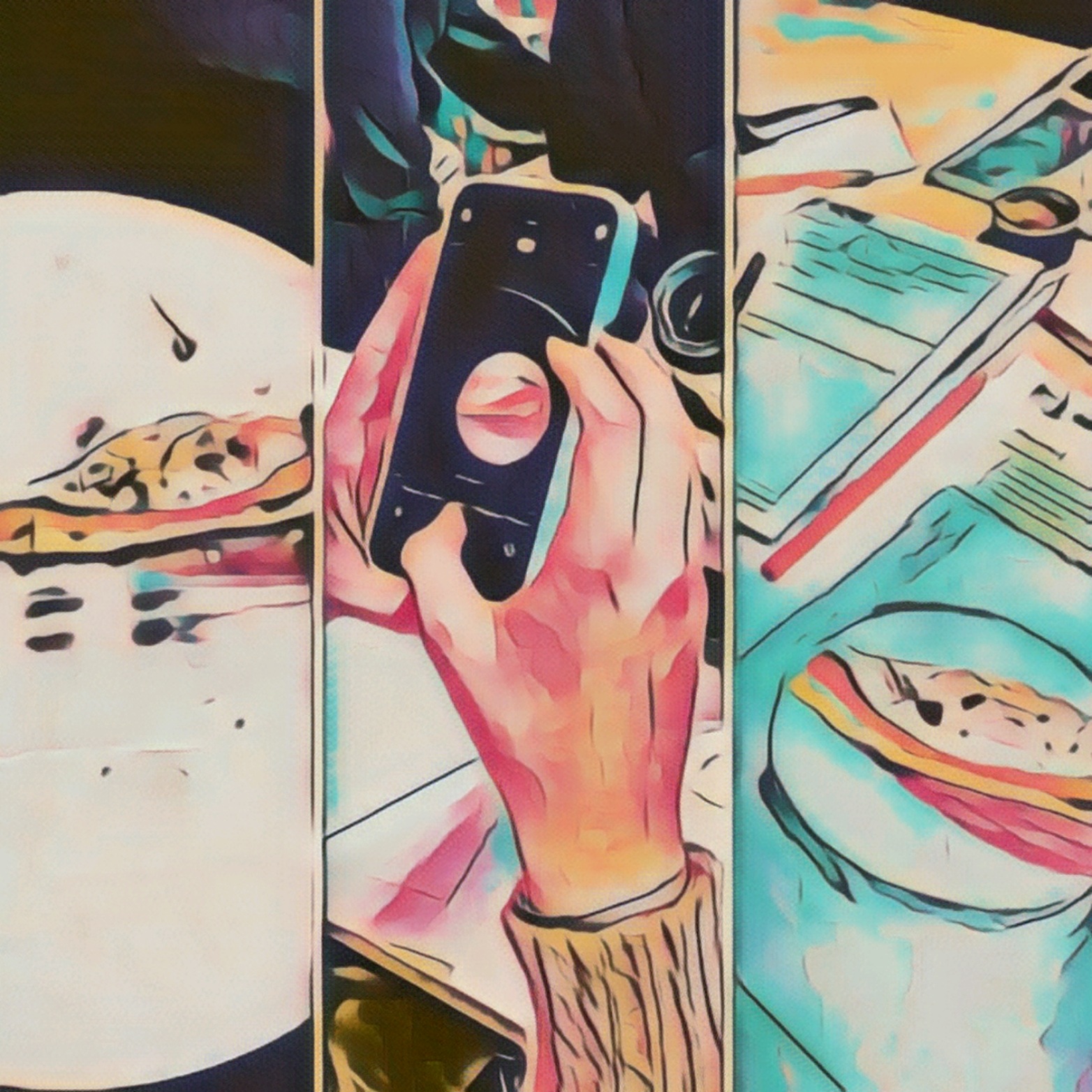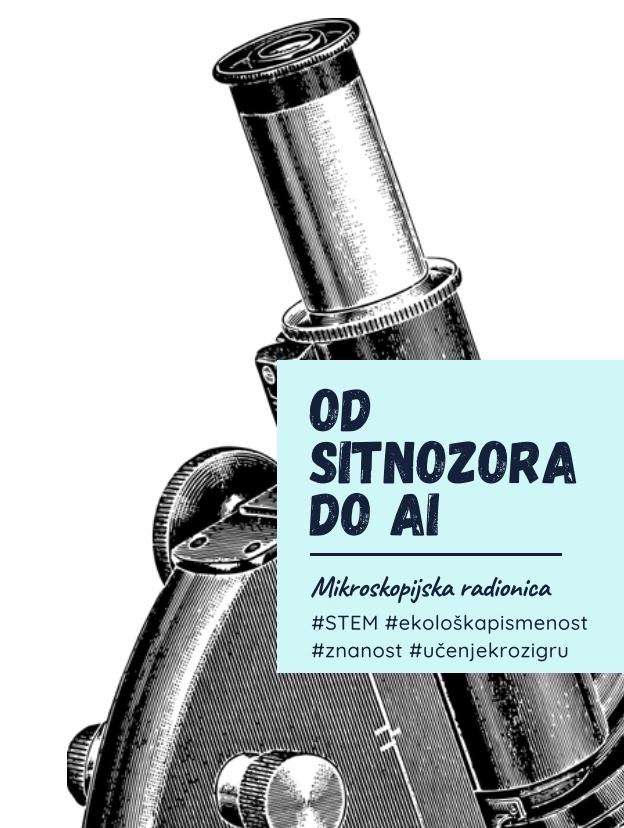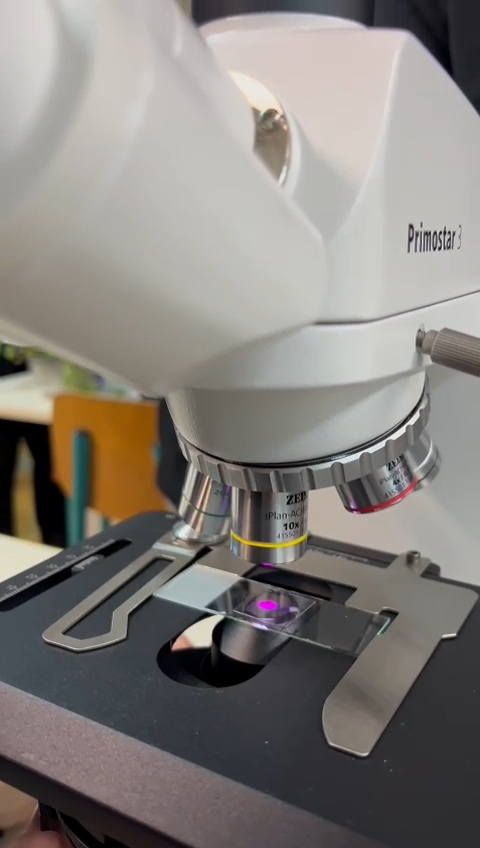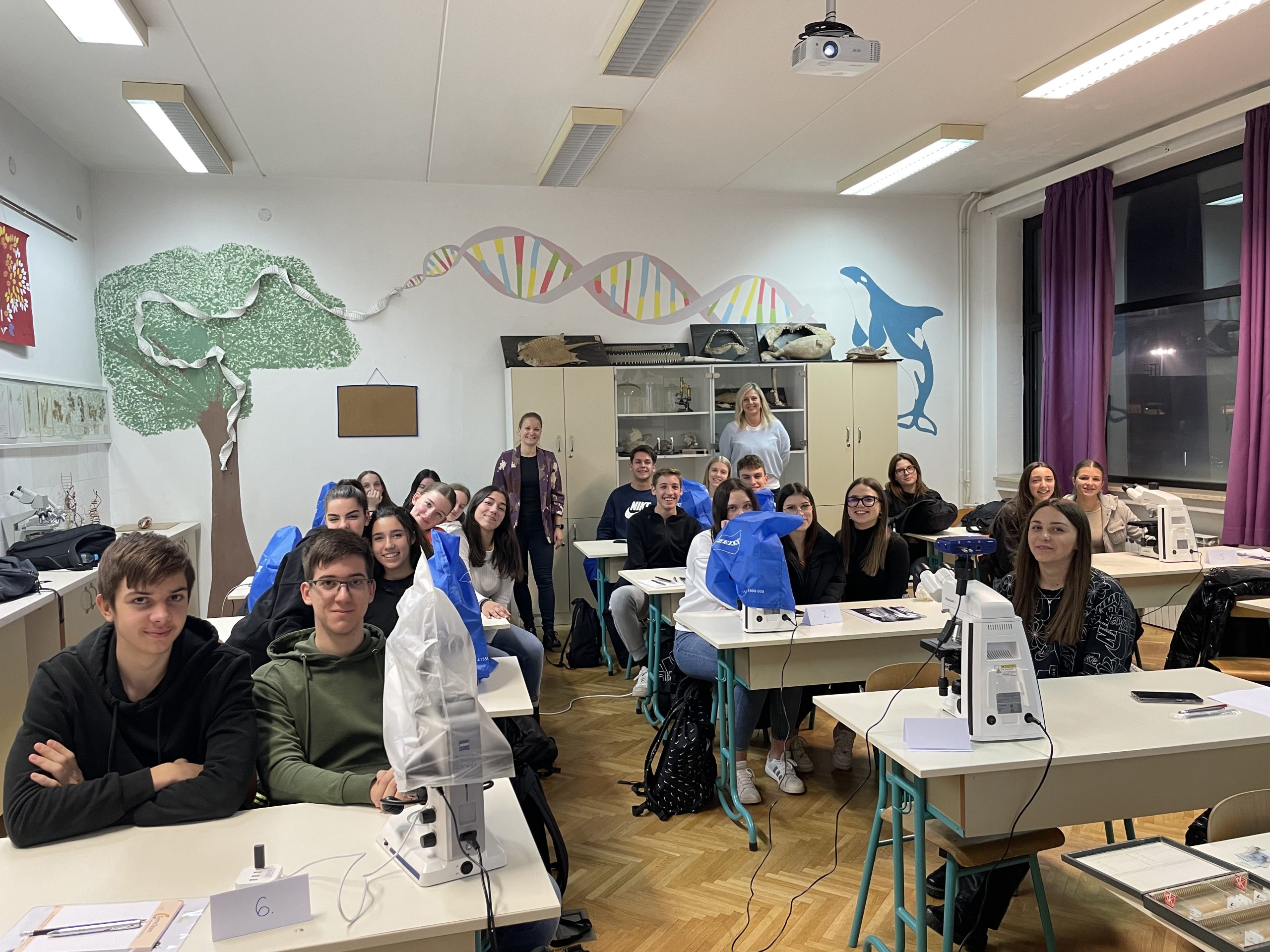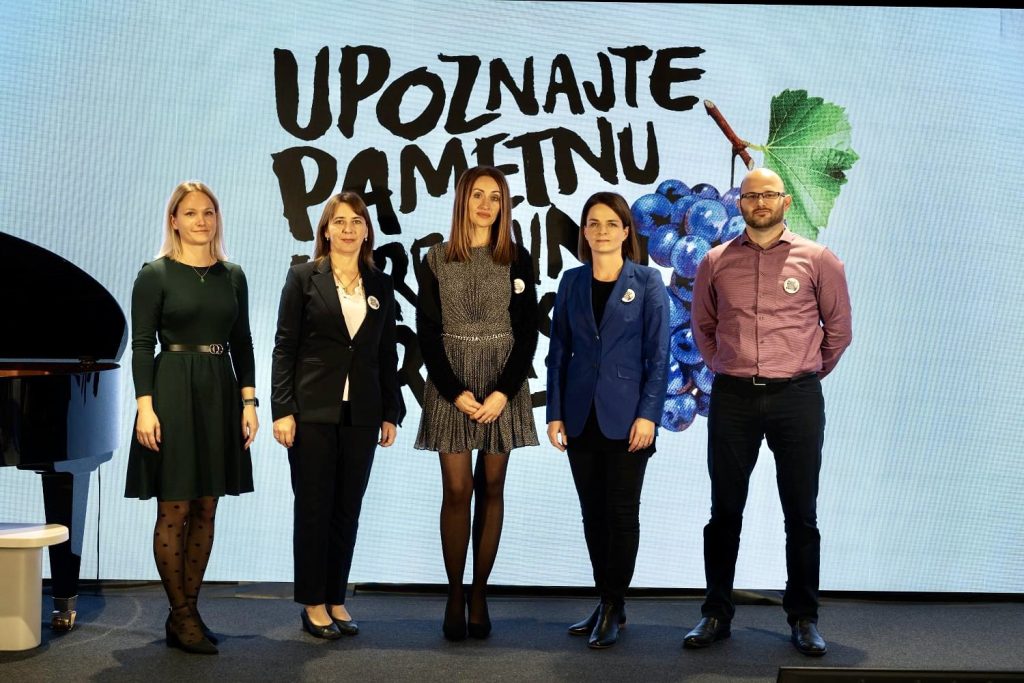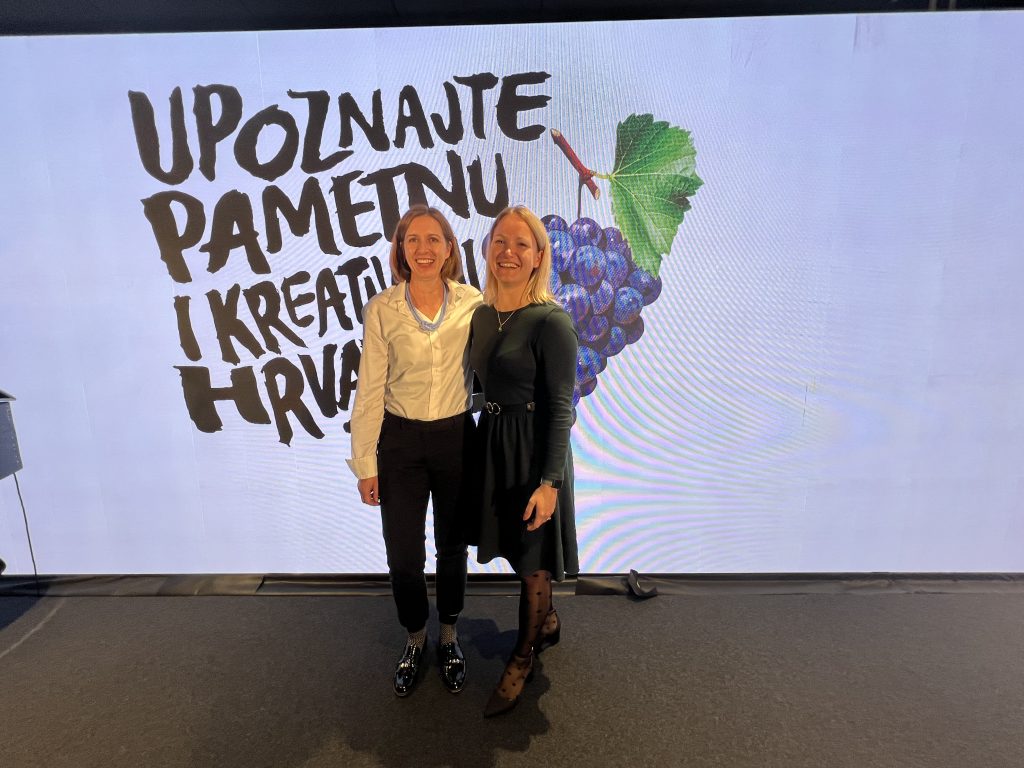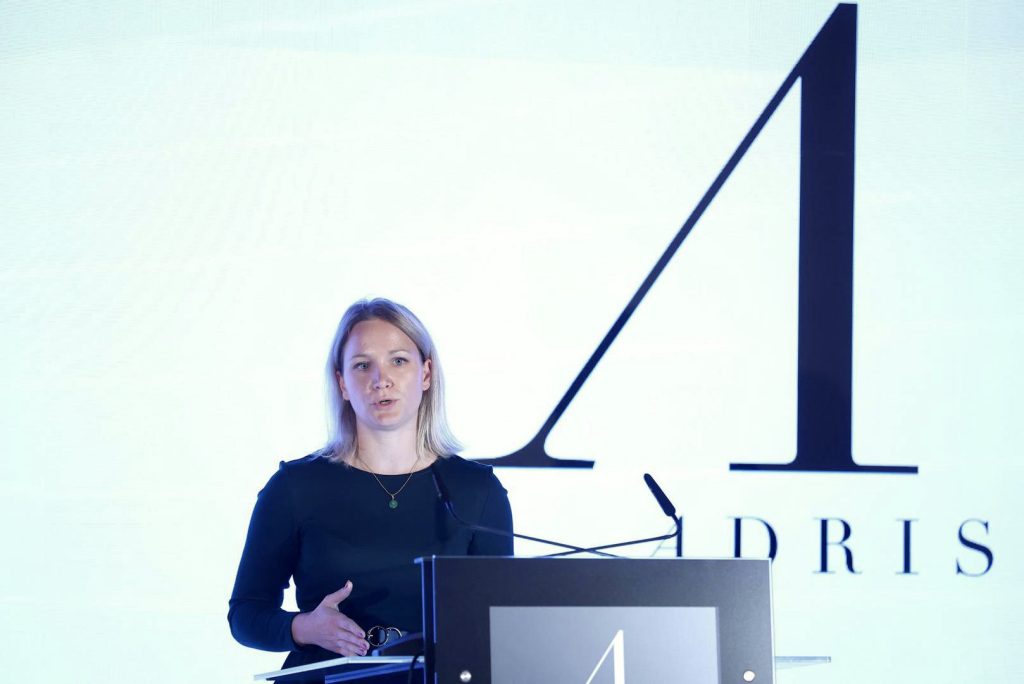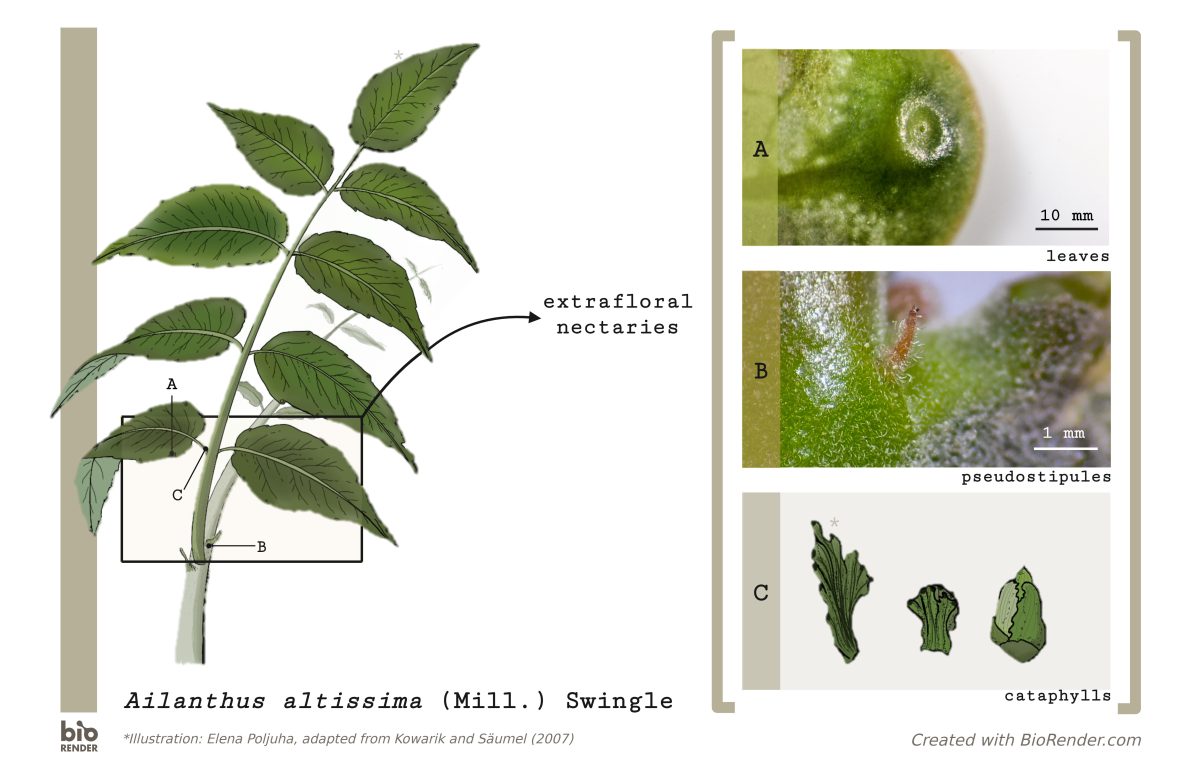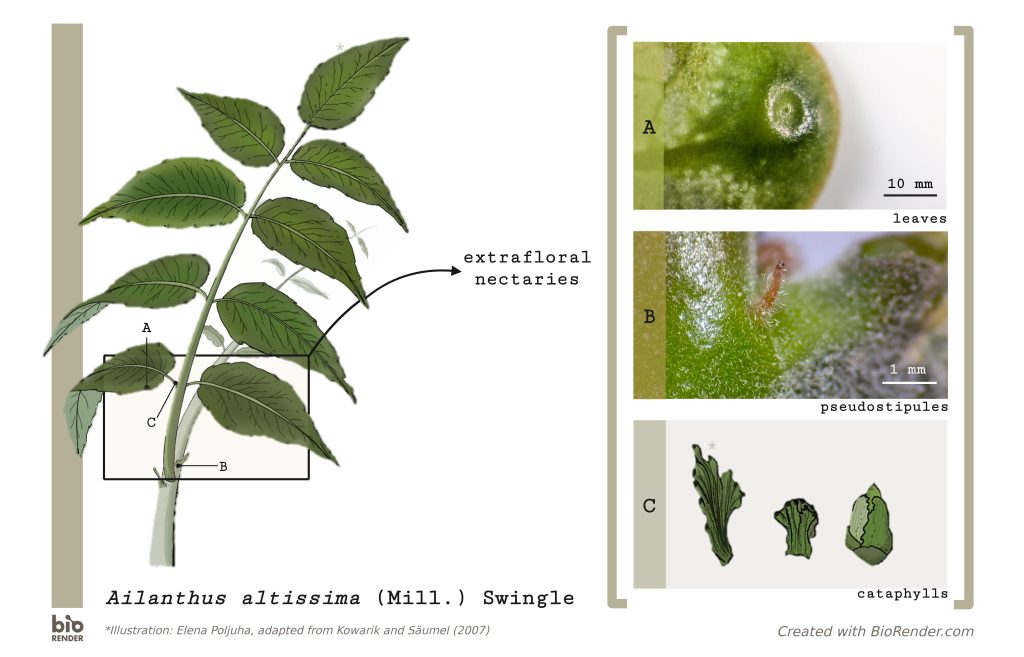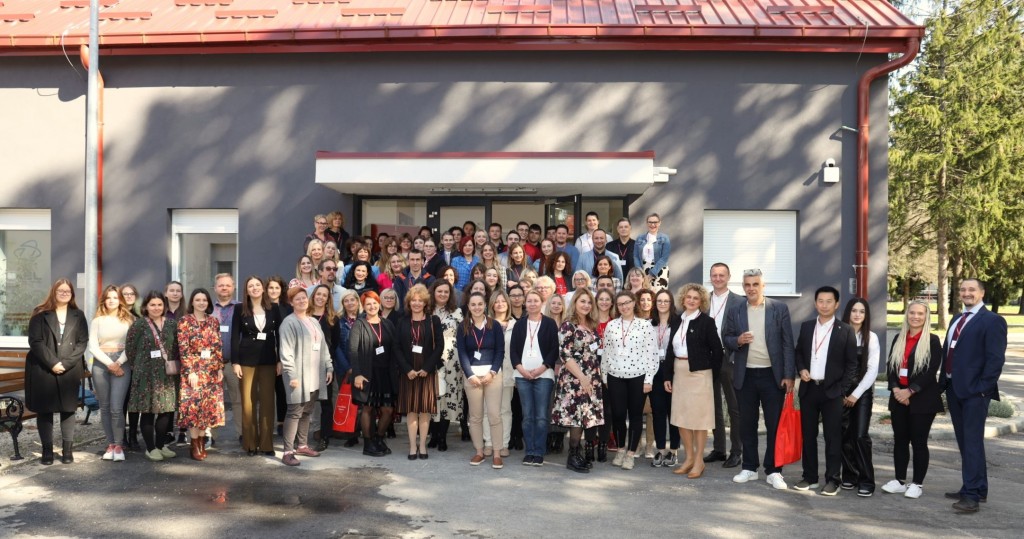A sunny, spring Wednesday, May 22 was a perfect day for fieldwork at Butoniga Reservoir Lake. With the help of colleagues from Croatian Waters Enterprise, whom we also thank for the boat transport, Ph.D. Danijela Poljuha, Ph.D. Barbara Sladonja and Mirela Uzelac Božac mag. oecol., took six water samples from different parts of the lake.
The collected samples will be analyzed at ETH Zurich, under the guidance of Ph.D. Kristy Deiner to learn more about the environmental DNA of the lake and its surroundings. Environmental DNA (environmental DNA or eDNA) refers to genetic material obtained directly from environmental samples, such as soil, water or air, without the presence of original biological material, i.e. organisms or parts of organisms from which it originates. Higher organisms most often release DNA into the environment in the form of discarded cells and tissues such as hair and skin, through secretions such as urine and feces, or through the decomposition of dead organisms. The released DNA persists for some time in the environment where it can be collected and analyzed.
We sampled the water in the places where the streams flow into the lake in order to get the best, most representative sample of the lake itself and its tributaries. eDNA has proven to be a valuable tool in monitoring biodiversity and species distribution, detecting changes in community composition over time, detecting invasive species and pathogens, conserving endangered species, and assessing environmental pollution.
In addition to Lake Butoniga, eDNA from another 800 different lakes around the world will be analyzed through the project, and we expect the first results from Zurich during the fall.




















